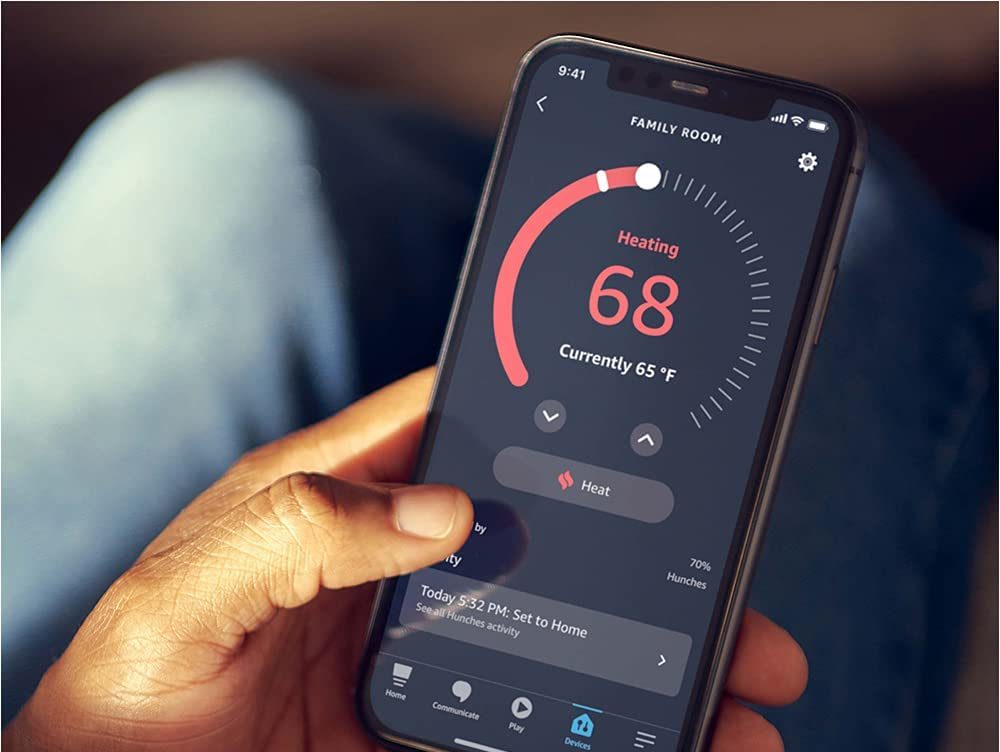How Tech Can Help You Save A Ton On Your Home Energy Bills
Certain types of tech can help you to cut costs on your home energy bill.
This article is more than 2 years old

Pandemic-induced afflictions have obstructed many energy providers around the globe. Now, electricity and gas have skyrocketed in price, hindering many who’ve been struggling throughout quarantine. However, there is some good news. The Nest smart thermostat and other new types of tech can improve the cost of one’s energy bill while sparking conversations about tech advancements and resource conservation.
Brian X. Chen, the New York Times’s personal tech columnist, wanted to test a few products to see if modern technology could reduce an electric bill. Starting with the Nest thermostat, Chen programmed controlled shut-offs of certain appliances at different times during the day. After experimenting with this, Chen discovered his winter electric bills had dropped by $60.
Though the tech columnist made a helpful discovery, he soon learned that tech couldn’t solve all electric-bill problems. He hired an energy-efficiency expert to examine his home to see any other ways to mitigate his winter expenses. The expert stated that Chen’s bill could drop by 1.5x more, but it was not an issue modern technology could fix. The problem with heating houses in the winter is primarily due to improper insulation. Houses made without adequate insulation will always drive a homeowner’s energy prices up.
Even with energy-conserving technology like the Nest, poorly-insulated homes will complicate efforts to decrease your electric bill. Chen decided to follow some advice from the Department of Energy, stating that a reliable way to reduce a heating bill was to keep the thermostat at 68 degrees Fahrenheit during the winter. This was a significant issue since his apartment had insufficient insulation, meaning his home could not retain the thermostat temperature successfully.

During this test, Chen’s electric bill came back more expensive than it was the previous month. This mishap was propelled by the Nest thermostat, which kept restarting his furnace due to how poorly the apartment retained the heat. This disproved the Department of Energy’s blanket statement of maintaining a house at 68 degrees during winter. Instead, a person using smart home technology must also do independent problem-solving and figure out the insulation effectiveness of one’s home to improve electricity costs.
The New York Times columnist also implemented a smartphone app to try and reduce his electric bill. The TP-Link app can program light switches in your home, having them switch on and off at designated times. After receiving the electric bill, Chen saw almost no difference in the price. Focusing on other energy extractors, like heating, will be more successful when it comes to diminishing your monthly bills.
Investing in better insulation is critical for an electric-bill reduction, but many don’t have the necessary funds for repair. To minimize expenses adequately, you have to focus on the insulation and foundation of your home. Hiring a contractor to install proper insulation and fix major wall cracks could cost $7,000 to $10,000. Though this could reduce an electric bill drastically, many don’t have the money upfront to invest in a significant renovation.
Though homeowners and renters can make plenty of efforts to conserve electricity through technology, poorly-designed homes are the true culprit in exorbitant electric bills. If installing insulation is too expensive, Nest smart thermostat and various apps can help prevent the cost of electricity and heating from reaching unfathomable heights.




